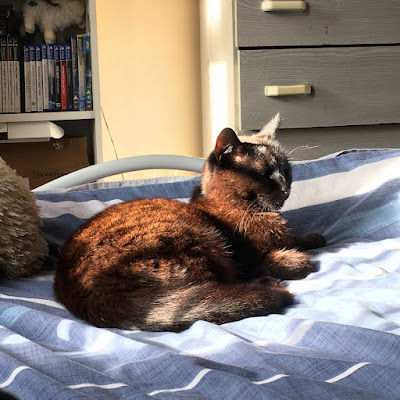GDD - reading
The aim of having a game design document is to help memory aid and is a communication tool. The memory aid is to help remember any details you may forget from the start as you continue making the game and due to multiple people and or departments working with you to produce this game, it helps let them know what this game is supposed to be. This document is the foundation to communicating with your team. There are also different document types. They can be split up into each department team: Players, Writing, Management, Art, Engineering and Design. In these sections are different documents.
Design: Game Design Overview, Detailed Design Doc and
Story Overview
Engineering: Technical Design Doc, Pipeline Overview
and System Limitations
Art: Art Bible, Concept Art Overview
Management: Game Budget, Project Schedule
Writing: Story Bible, Script, Game Tutorial and Manual
Players: Walkthrough
To design a good document, it is important to know
your target, keep it short and simple but detailed, prioritize the design and
have illustrations of potential features. It shouldn’t tell people how to do
their jobs and it needs to be separated form the code. Investing in a good
format and using clear terminology as not everyone may understand, don’t have each
section copy and pasted – have it have a clear purpose and say why you think
this is important.
It is important to know what is going to be the core
features of your game. For example, in Dragon Age Inquisition, the core
features of it are fighting, storytelling/dialogue, exploration. Each core
feature has its own sub features. In DAI, the inquisitor(main character) fights
demons and red templars as well as any other npcs (bandits, thieves etc). They
also go around and talk to NPC’s to gather information or side quests and it is
an open world, therefore there is plenty of exploration that gains you more
side tasks and XP.
The format to present this document should be kept
simple and in this order:
1.
Presentation
2.
Gameplay concept
3.
Narrative context
4.
Camera, controls, character
5.
Game progression
6.
Enemies and obstacles
7.
Game World
8.
HUD, Signs and feedback
9.
Marketing Strategy and unique selling
points
10. Work
plan.


Comments
Post a Comment